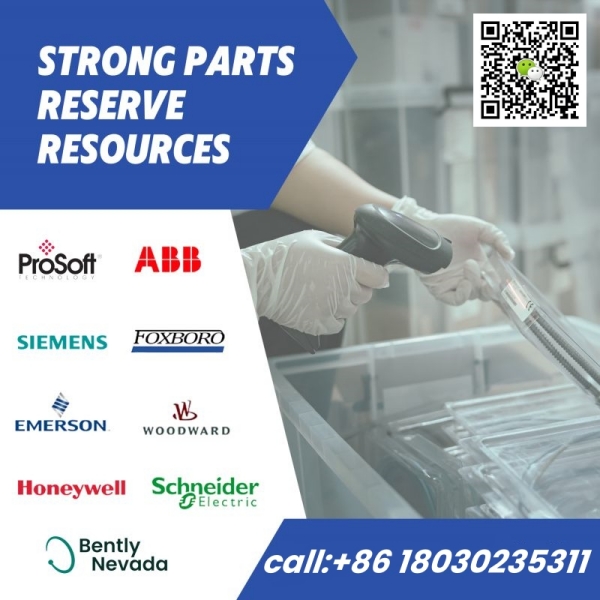In modern industry, the application of automation systems has become a key factor in improving production efficiency and product quality.
The two most common automation systems are Programmable Logic Controllers (PLC) and Distributed Control Systems (DCS). This article
provides a detailed introduction to PLC and DCS and explores their applications in automation.
PLC (Programmable Logic Controller)
A PLC is a digital computer designed for industrial environments, used to control mechanical and electrical equipment in automated production
processes. The main features of a PLC are its flexibility and programmability, making it suitable for various automation tasks.
Main Features:
Modular Design: PLC systems are typically composed of multiple modules, including input/output modules, a central processing unit (CPU), and
power modules. Users can add or remove modules as needed to adapt to different application requirements.
Programming Languages: Common PLC programming languages include Ladder Diagram (LD), Function Block Diagram (FBD), Instruction
List (IL), Structured Text (ST), and Sequential Function Chart (SFC).
Real-time Operation: PLCs can operate in real-time environments, quickly responding to input signals to achieve precise control.
High Reliability: Designed to withstand harsh industrial conditions such as high temperatures, humidity, vibration, and electromagnetic interference.
Applications: PLCs are widely used in manufacturing, chemical, energy, and infrastructure sectors. For example, on production lines, PLCs can
control the movement of robotic arms, monitor various parameters during the production process, and perform feedback adjustments.
DCS (Distributed Control System)
A DCS is an automation system used for large-scale industrial process control. Unlike PLCs, DCS is primarily used in large plants and facilities
that require complex process control.
Main Features:
Distributed Architecture: A DCS consists of multiple control units distributed throughout the plant or production facility, with each unit responsible
for controlling a specific area or equipment. This distributed architecture enhances system reliability and maintainability.
Integrated Control: DCS integrates process control, data acquisition, and monitoring functions, achieving unified management and optimization of the
entire production process through a central monitoring system.
Advanced Control Functions: DCS features advanced control algorithms and optimization tools, enabling complex process control such as Model
Predictive Control (MPC) and Adaptive Control.
High Security: DCS typically includes redundant design to ensure that the system can continue to operate normally even if a single component fails.
Applications: DCS is widely used in industries such as oil and gas, chemical, power, and water treatment. For instance, in a refinery, a DCS can
monitor and control the entire refining process, from crude oil input to finished product output.
PLC and DCS each have unique advantages and application scenarios. PLCs, with their flexibility and real-time capabilities, are suitable for
smaller-scale and less complex automation tasks, while DCS, with its distributed architecture and advanced control functions, plays a vital role
in large-scale and complex industrial process control. The choice of the appropriate automation system depends on specific application needs
and environmental conditions.

(Designed for use with Magnetic Pickups) 125800-02
We still have a lot of PLC/DCS/TSI/ESD Module in stock, contact us quickly for prices.![]()
|
|
|
|
|
|
|
|
|
hu18030235311 |